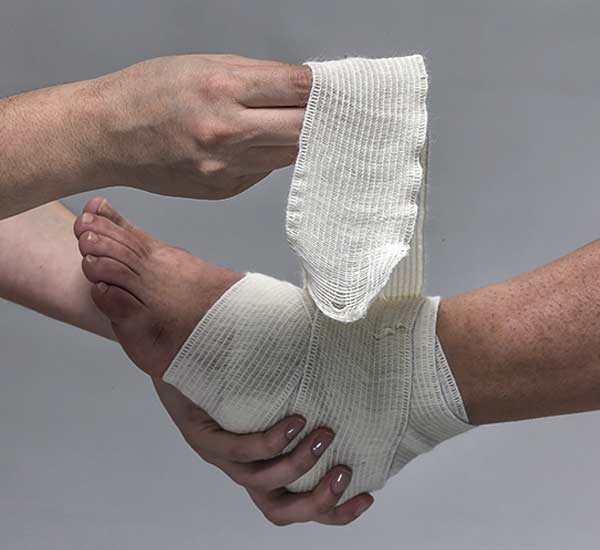
What are difficult wounds?
Difficult wounds are the result of the loss of skin coverage, not only of the skin, but also of the subcutaneous tissues, muscles, and bones.
They can be conceptualized as “breaks in the solution of continuity of body structures” or as “rupture of normal tissue structures and functions”.
They can be caused by trauma that originates internally or externally to the affected tissue and ranges from an acute and controlled injury to a generalized aggression.
With the increase in the population’s life expectancy, there is an increasing incidence of diseases that accompany aging (cardiopathies, neoplasms, diabetes mellitus, arterial hypertension).
Such conditions increase the prevalence and difficulty of wounds and delay their resolution.
Trauma is currently the leading cause of preventable death and affects mainly economically active adults, with great social impact.
This also contributes to the emergence of serious wounds, with complicated and prolonged treatment.
With the increase in the longevity and prevalence of trauma victims in hospitals, the increase in the frequency of so-called “difficult” wounds has attracted the attention not only of doctors and nurses but also of health administrators, concerned with the impact of injuries. costs of treating this disease.
In the hospital, the care of these patients is usually associated with a prolonged hospital stay, the use of expensive antibiotics, and the need for daily dressings, with the mobilization of a large team of specialized professionals.
Difficult wound types
Traumatic wounds
Difficult Wounds considered traumatic are those caused by severe trauma, resulting in lesions with extensive skin loss and impaired tissue viability, such as detaching wounds in the lower limbs, amputations of limbs and fingers, in addition to contusions, lacerations, and large crushes, with the exhibition of fine fabrics.
The most extensive and deep burns can be considered difficult, but traditionally, they are separated and treated in specialized centers.
Complicated surgical wounds
Difficult Wounds resulting from complicated surgeries present a picture of dehiscence (spontaneous opening of the stitches) of previous surgery incisions, usually associated with infection or tissue ischemia, and aggravated by the clinical conditions of the patients.
Necrotizing wounds present aggressive tissue infection, with dissemination to the deep planes and tissue necrosis, as in severe cellulitis and Fournier syndrome, found mainly in patients with immunosuppression or with some associated disease.
Chronic wounds
Among the Difficult Wounds considered chronic, we highlight the bedsores or pressure ulcers, which develop due to prolonged tissue ischemia caused by the sustained pressure of soft tissues between a bony prominence and a hard surface.
They occur in individuals bedridden for long periods, paraplegics, and quadriplegics. Venous ulcers in the lower limbs represent the complication of chronic venous insufficiency.
Diabetic wounds most commonly appear on the extremities of the lower limbs and are the result of neuropathy and the macro and microangiopathy that diabetes causes, associated with the impairment of the healing process.
Difficult vasculitis wounds
Difficult Wounds associated with vasculitis arise with inflammatory involvement of blood vessels or by immunosuppression, which occurs in various diseases, such as rheumatoid arthritis, lupus, scleroderma, and dermatomyositis, sickle cell anemia, etc. Post-radiation wounds manifest as radiodermatitis or radionecrosis and are sequelae of radiotherapy for the treatment of neoplasms.
Treatment of difficult wounds
Conservative (non-surgical) treatment
Conservative management is generally adopted in patients without clinical conditions to undergo surgical treatment, in small and superficial wounds, and in those in the early stages of their development.
Conservative therapy comprises the use of dressings (activated carbon, hydrocolloid, silver sulfadiazine), topical debridents (papain, collagenase, calcium alginate, hydrogel), emollients, and socio-educational measures (local wound cleaning and change in habits). of life).
Surgical treatment
Surgical treatment by plastic surgeon in Kanpur is indicated for extensive and/or deep wounds, with exposure of noble tissues, related to bone support surfaces, associated with serious systemic diseases or infections, and in cases of digital amputations.
Surgical procedures were grouped into surgical debridements and skin grafts, alone or associated with negative pressure therapy (vacuum system), pedicle flaps or microsurgical flaps, and digital reimplantations.

